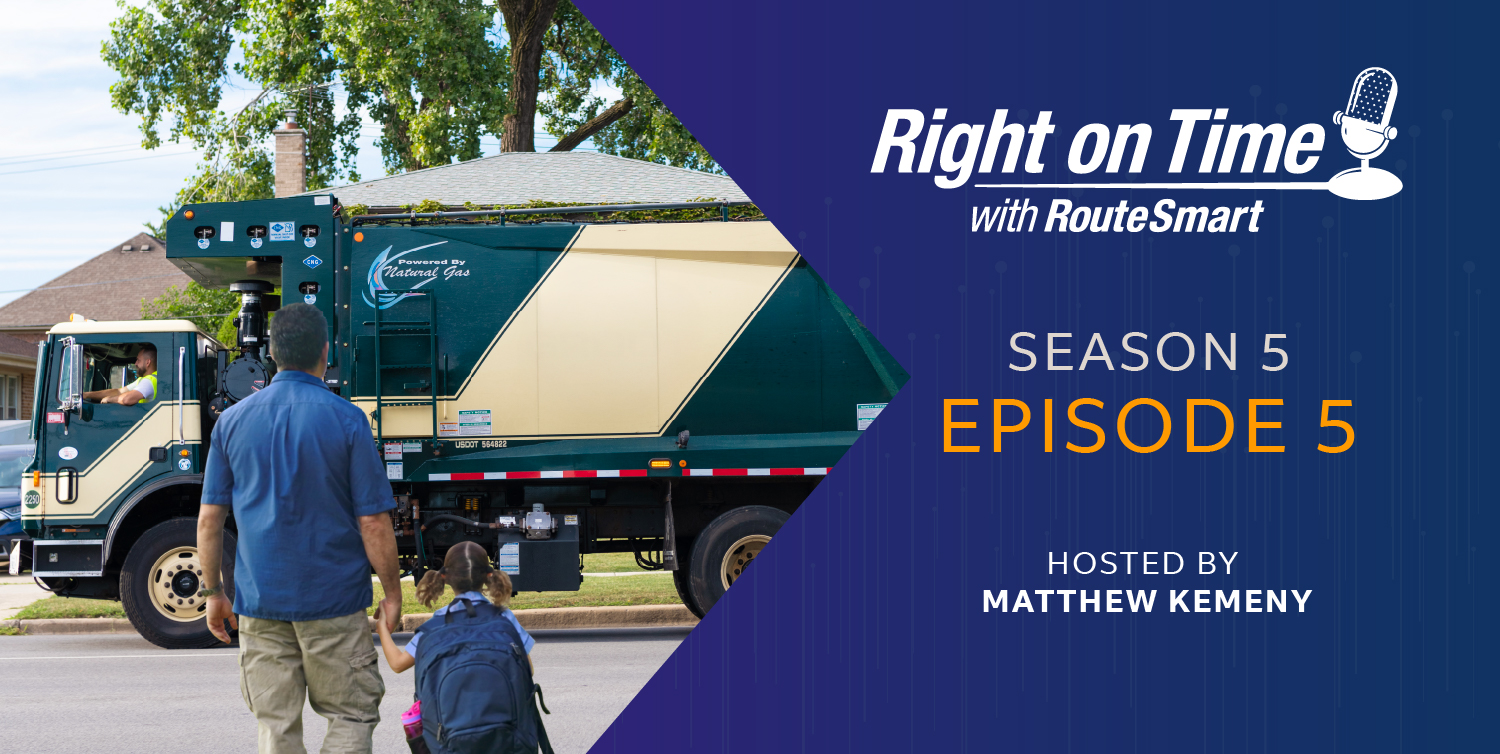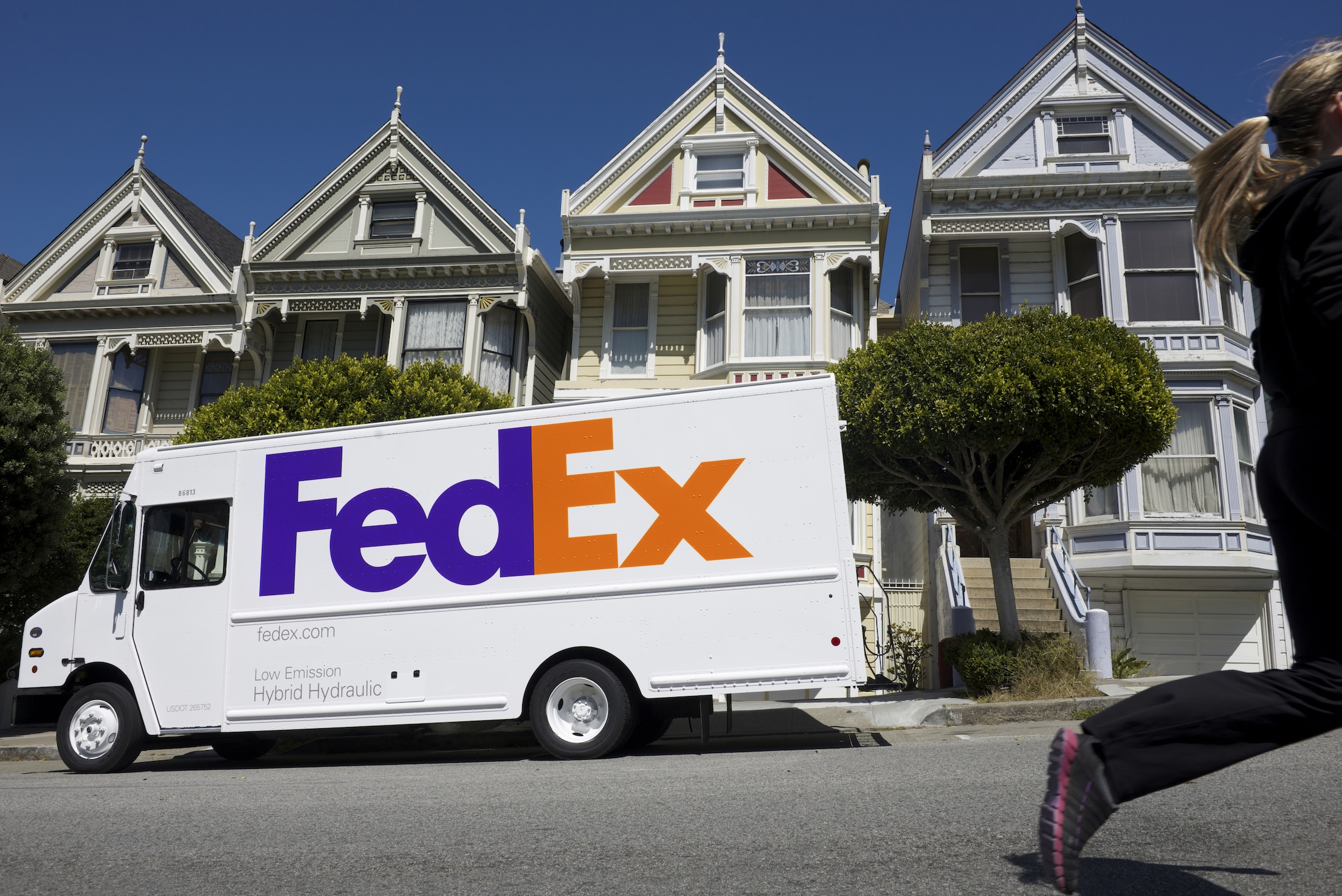RE-THINKING NEWSPAPER DELIVERY
With e-commerce booming across the globe, newspapers are delving into the parcel delivery space. Instead of your local carrier distributing the Sunday news, imagine them also pulling up and delivering the package you ordered from Amazon.
“Newspaper delivery is said to have started in 1833, when a 10-year-old Irish boy, Barney Flaherty, began delivering The New York Sun. Legend has it young Barney had to heave a rolled-up paper over a bush in order to get the job.
Nearly 200 years later, papers are still landing on doorsteps and in mailboxes, albeit in a less-haphazardly fashion. And technology has evolved where newspaper companies are using sophisticated tools such as
- Route planning
- Route optimisation
- Turn-by-turn navigation to make sure deliveries are completed on time and in the right location.
With e-commerce booming across the globe, newspapers are delving into the parcel delivery space. Instead of your local carrier distributing the Sunday news, imagine them also pulling up and delivering the package you ordered from Amazon.
The global e-commerce market totaled $5.7 trillion in 2022, according to Michael Keenan of Shopify. That figure is estimated to grow over the next few years, showing that borderless e-commerce is becoming a profitable option for online retailers, he writes.
Two years ago, only 17.8% of sales were made from online purchases. That number is expected to reach 20.8% in 2023, a 2% point increase in e-commerce market share. Growth is expected to continue, reaching 23% by 2025, which translates to a 5.2% point increase in just five years.
The surge in e-commerce, accelerated by the COVID-19 pandemic, created a tremendously high demand for supply chain organisations to hit critical timedelivery windows as well as ensure the safety of their drivers. It’s no secret that customers are increasingly frustrated when a package they ordered doesn’t arrive on time, especially when they can track the shipping journey on their mobile device in real time. And they’re certainly not shy about voicing their frustrations.
Growth in online shopping has created opportunities for companies looking at additional revenue streams.
News organisations, already equipped with large distribution facilities, a distribution force and a network of street addresses, are uniquely positioned to succeed in parcel delivery. Newspapers also have the advantage of geographic exclusivity in that there are very few areas these days that have competing newspapers.
“We took a legacy distribution network and we repositioned it to make it a multi-purpose, last-mile delivery organisation.”
The addition of parcel delivery is also a shot in the arm to an industry that is seeing more and more of its subscribers turn from home delivery to digital news consumption. According to the Pew Research Center, newspaper circulation reached an all-time low in 2020. As readers continue to ingest their news online and via mobile devices, print circulation continues to dwindle. In fact, the current U.S. print circulation is the lowest it has been in the past 80 years.
As necessity is the mother of invention, news organisations continue to seek out new opportunities to increase cashflow and provide high-quality editorial content to its subscriber base.
Postmedia Network Inc., one of Canada’s largest media companies with 130 brands across the Great White North, announced the launch of Postmedia Parcel Services in May 2021. Leveraging its existing delivery network across Canada the new venture began with a strategic partnership with Brunswick News Inc. in Alberta, Saskatchewan, Manitoba and certain regions of Ontario.
Derrick Stanford, formerly the President & CEO of the Saint John Airport, joined Brunswick News before its acquisition by Postmedia to foster the growth of the newly formed Parcel Delivery Division. In addition to distributing parcels within its own region, Brunswick News began signing up other Newspapers as partners to form a national network in Canada, of which Postmedia was an early adopter and partner. Brunswick News was acquired by Postmedia in 2022 where Derrick currently serves as Vice President of Business Development.
“We took a legacy distribution network – our newspaper delivery network – and we repositioned it to make it a multi-purpose, last-mile delivery organisation,” Stanford explained. “We leverage the driver network, our infrastructure – such as buildings and trucking – and created a distribution network that delivers not only newspapers, but small packages for a number of shippers, including the world biggest online retailer.”
Stanford will speak about the transformation of the company’s Parcel Delivery Division at the World Mail & Express Conference in Miami, Florida from February 13-15.
Since launching its new division, Postmedia Parcel Services has continued to build out its network and partner with other Canadian newspapers and delivering overflow packages for them, earning Postmedia a small commission, Stanford said. Company executives are forecasting strong growth in this sector. During the most recent peak shipping season, October through December, the business grew 93 percent, and numbers remained strong through January 2023.
“It’s primarily taking something that we’ve been doing for a very long time, such as newspaper delivery, and marrying it with something new like e-commerce and then coming out with this multipurpose last-mile ability,” he said. “In addition, it benefits the environment when you have one vehicle delivering multiple items – parcels and newspapers.”
Last-mile delivery, which involves the shipping of products from a distribution center to their end destination, such as a customer’s doorstop, is becoming increasingly more challenging with unprecedented demand, unpredictable volume fluctuations, and worker shortages. With this supply chain pressure, companies are exploring technology advantages, such as route planning and optimisation, to give them a leg-up on their competitors and improve efficiencies.
RouteSmart has helped its partners, such as Postmedia, design more efficient routes and reduce total distance driven by more than 630,000 miles every day. The resulting reduction in miles and fuel costs helps RouteSmart’s global partners go greener and meet tougher environmental standards. In December, RouteSmart clients reduced carbon emissions by more than 2.6 million pounds of CO2.
In addition, optimal route planning in last-mile delivery helps improve speed, efficiency, and customer satisfaction.
“For us, the most important aspect is planning, especially as we continue to grow our parcel business,” Stanford said. “Planning and analysis helps us manage costs, look at routes and how we deploy our resources, such as how many carriers we need on certain routes. It also helps us answer questions like: How long should a route take? How many miles in a route? What is the per-mile cost to us? We use route-planning quite extensively and it plays a huge role in our everyday management of the business.”
“It benefits the environment when you have one vehicle delivering multiple items.”
Many organisations, like Postmedia, have a problem that is too complex to solve by traditional methods like postal code territory planning and manual delivery order sequencing that were completed on a desktop computer for decades. They are turning to cloud-based route planning and optimisation solutions to optimise routes and delivery sequences for thousands of ever-changing daily routes. RouteSmart’s Routing as a Service® (RaaS) is one such solution. These web services allow organisations to build geographically compact, logical and balanced workloads in a fraction of the time it takes other systems to build less efficient routes. Some systems with less sophisticated algorithms create unbalanced routes that put multiple drivers on the same street, ignore side-of-street requirements, and lead to frustrated drivers, unsafe routes and wasted time. Both large- and small-scale organisations put RaaS to work to make faster, more efficient package deliveries and pick-ups.
As new methods of distribution arise and volumes fluctuate on a daily or seasonal basis, having efficient courier management is critical to adapting to change and keeping your competitive edge.
Reducing travel distances – even by a small percentage – from every route, every day can save millions of dollars and give companies an edge over its competition. Partnering with an industry leader in route planning can help companies manage its needs to ensure they are getting the most out of their routes.
In a world of ever-increasing fluctuation and uncertainty, it’s almost a guarantee that e-commerce will continue to boom. For businesses of all sizes, it is vital to partner with a routing service that helps you decrease your planning time, create efficient delivery sequences, lower your total travel distance, and maximise your daily deliveries.”



